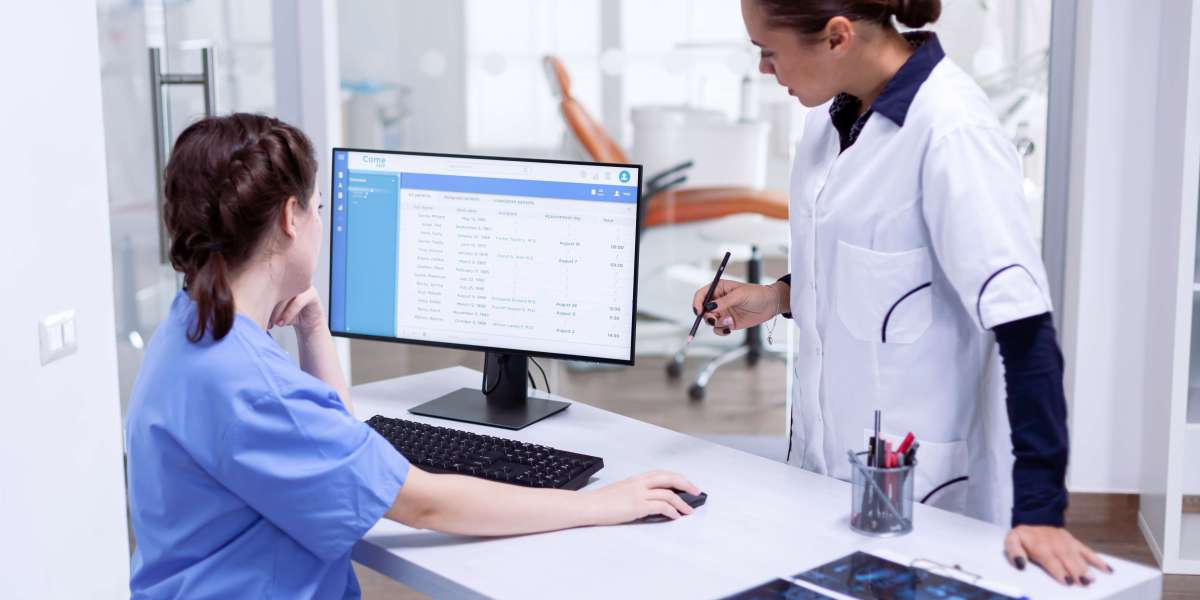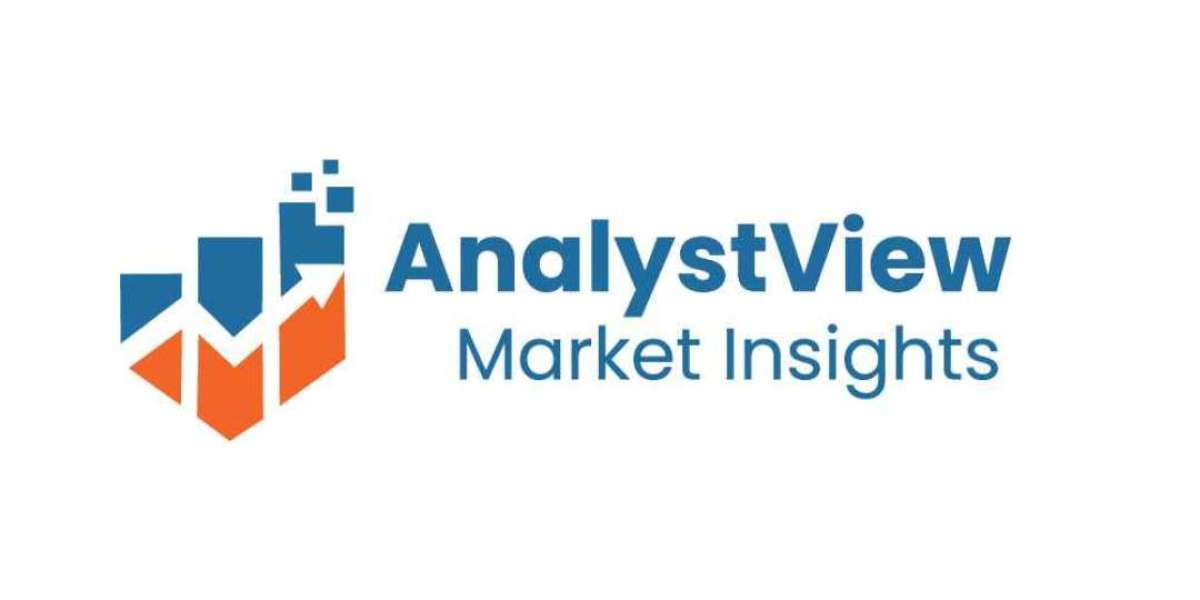It’s 9:47 a.m. on a Tuesday. A patient calls your front desk for the third time this week—this time to check if their test results are in. Another patient emails asking how to reschedule their appointment. Meanwhile, your admin team is toggling between your EHR, CRM, and a standalone portal system—none of which sync in real-time. This isn’t healthcare at scale. It’s digital duct tape.
And your patients feel it.
In an era where nearly every consumer experience is frictionless, many healthcare organizations still struggle to deliver even basic communication through their patient portals. Why? Because most healthcare portal solutions were designed around records, not relationships. They prioritize static access to lab results, not dynamic communication that meets patients where they are.
The good news? This is fixable—with the right approach.
Why Most Healthcare Portals Fall Flat
Despite heavy investment in digital health infrastructure, portal adoption remains low. A common industry stat holds that less than 40% of patients actively use the portals their providers offer. That’s not a UX issue—it’s a relevance issue.
Here’s what often goes wrong:
- Portals aren’t mobile-first: Today’s patients want app-like interactions. Many legacy portals still function like 2010-era web forms.
- Too many login barriers: Complex passwords, lack of SSO options, or no biometric support.
- One-size-fits-all interfaces: Patients, caregivers, and guardians all see the same UI—regardless of role or context.
- Lack of real-time updates: Portals that don’t sync with your CRM or EHR in real-time lead to outdated, unreliable info.
- Poor multilingual support: In diverse regions, English-only portals alienate non-native speakers and erode trust.
What Modern Healthcare Portal Solutions Should Deliver
To move from underused tools to high-engagement platforms, your portal must be more than a place to view information. It must become a secure, two-way bridge between your care teams and the communities you serve.
Here’s what that looks like in practice:
1. Two-Way Messaging That Feels Like Modern Chat
Forget email threads and ticketing systems. Patients should be able to send questions to care teams, receive updates, and even escalate urgent needs—all within the portal.
2. Role-Based Access for Real-Life Use Cases
Patients. Parents. Power of attorney. Caregivers. They all need different visibility and permissions. Modern healthcare portal solutions support custom roles and views—so no one sees more (or less) than they should.
3. Live Appointment Management + Notifications
No more phone tag. Let patients book, cancel, or reschedule visits directly in the portal—with confirmations and reminders auto-synced to your CRM and EHR.
4. Smart Forms and Pre-Visit Workflows
Portals can streamline everything from intake paperwork to insurance verification—before the patient ever steps foot in your facility. This reduces no-shows and improves care readiness.
5. Multilingual, Accessible Interfaces
This isn’t just a UX bonus—it’s a compliance requirement. Your portal should support Arabic, Spanish, or other regional languages, and follow WCAG accessibility standards for vision and mobility impairments.
Real-Time Sync: The Backbone of Trust
What differentiates successful healthcare portal solutions isn’t just what users see—it’s what’s happening behind the scenes.
To drive real patient engagement, the portal must be CRM-native or at least tightly integrated. Here’s why:
- Live Data: Appointment times, lab results, and status updates must reflect real-time CRM/EHR data—not batch uploads.
- Automation: Changes in patient data should trigger workflows—like sending follow-up instructions or escalating to nurse triage.
- Security: A tightly integrated portal enables proper role-based access and full audit logs for HIPAA/GDPR compliance.
Why It’s Time to Rethink “Patient Portals” as Communication Platforms
In modern care ecosystems, “patient portal” is a misnomer. It’s not just about patients anymore. It’s about communication at scale—with patients, families, providers, and administrators. It’s about reducing manual work for your team while improving clarity for your communities.
Healthcare portal solutions that actually get used are designed not just for access—but for action.



